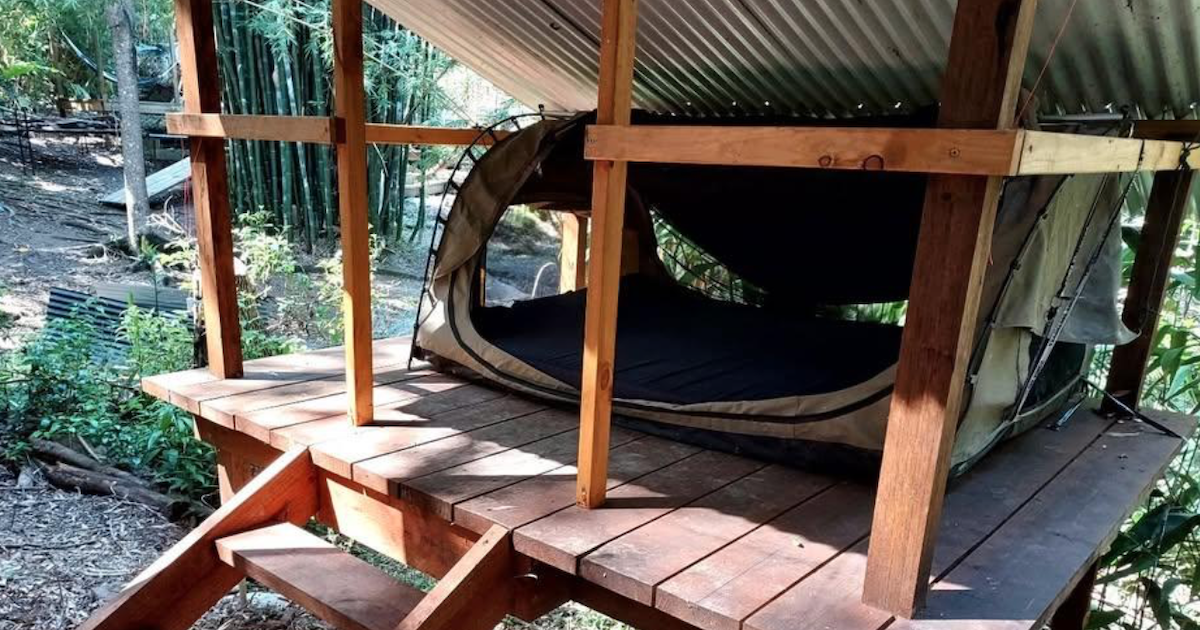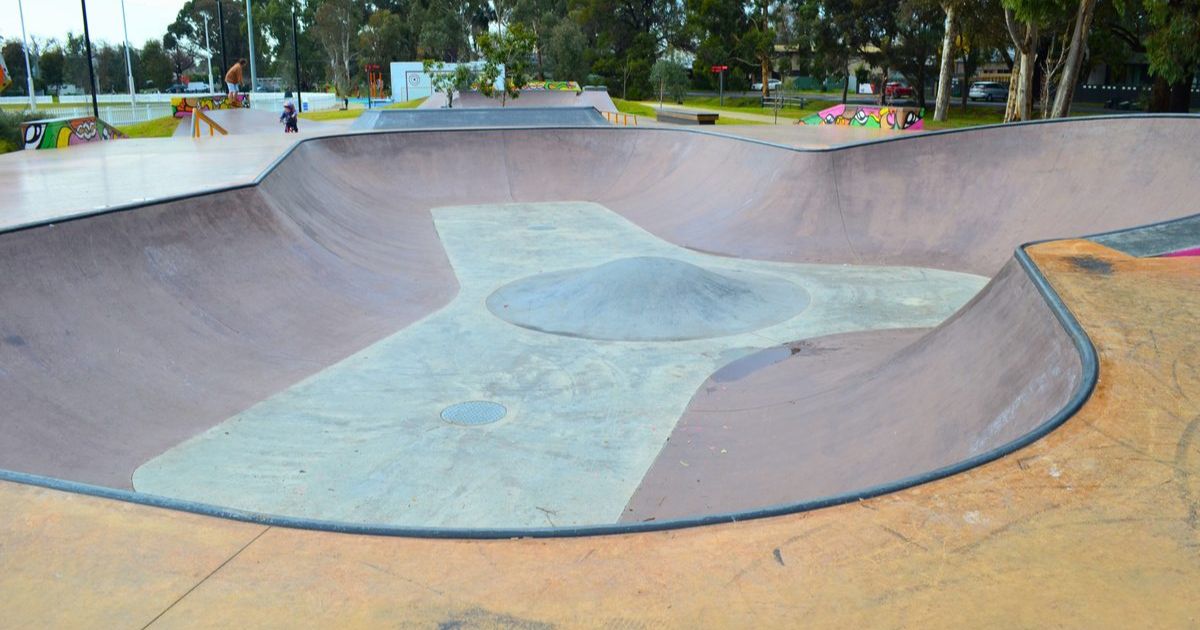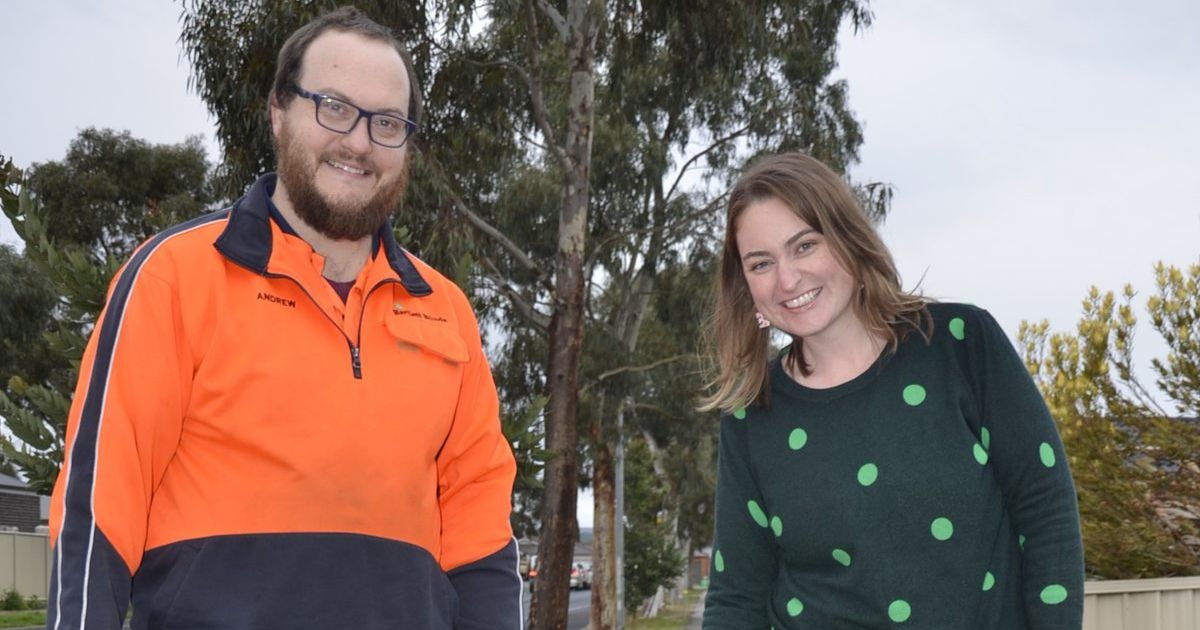Project locates platypus populations

Creek seeking: There are more platypus in the rivers of Golden Plains, than the area between Geelong and Winchelsea. Photo: FILE
THE results of a regionwide platypus survey by citizen scientists have been released.
Geelong Landcare Network participated in the exercise which aimed to gather current data around the presence of platypus in waterways between the Upper Barwon, and Moorabool catchments, using environmental DNA techniques.
About 60 volunteers contributed, assessing the Barwon, Leigh and Moorabool rivers from 38 locations, creating the biggest regional platypus data set in Victoria.
Environmental scientist Josh Griffiths said the statistics of each river were contrasting, with more platypus detected in the Leigh and Moorabool rivers, compared to the Barwon between Geelong and Winchelsea.
“The base flow rates in both the Leigh and Moorabool rivers are much more consistent than those in the Barwon, which in recent years has even ceased to flow along a number of reaches during summer,” he said.
“Platypus need consistent water flow to be able to move freely up and down rivers and creeks in order to breed and thrive.
“Over the past 50 years, only 50 to 60 sightings of platypus had been recorded in this region, so historically we have had very limited data. The Leigh River has had no real historical platypus sightings previously recorded, so this project has really filled a gap.”
Friends of the Barwon chair Dr Kaye Rodden said the initiative draws attention to water security.
“The Barwon, Leigh and Moorabool rivers are all severely stressed and we need to work together as a whole to repair and protect these amazing living assets in our region,” she said.
“Investment into improving the health of the Barwon system as a whole is crucial for all species relying on it to survive.”
The study found locations along the rivers where the was bank erosion, a lack of vegetation and places to burrow, no “channel complexity” and variety, or instream tended to lack platypus
It also revealed while the monotreme is in areas that had a good instream, were full of Indigenous vegetation, and safe from grazing animals.


















